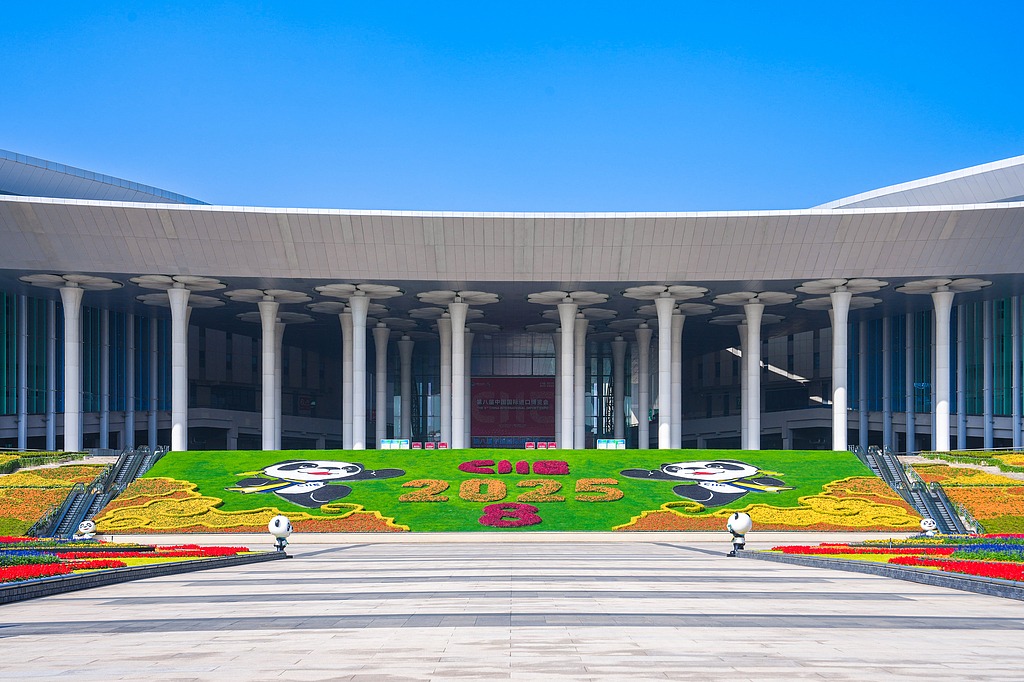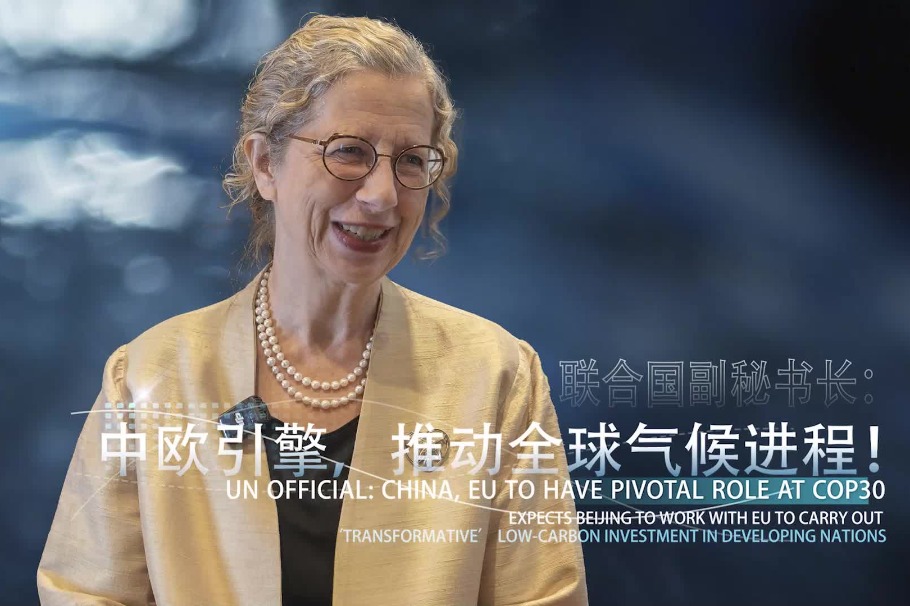Worries about China's dumping in ASEAN unfounded


The strategic competition and trade frictions between China and the United States have for years been reshaping the global economy and industrial map. However, following their recent tentative trade agreement, some Southeast Asian countries now view a shift — Chinese goods may be less constrained by US tariffs, which could intensify competitive pressure on local industries in ASEAN and other developing markets. But a closer look at the China-ASEAN supply chains and China's own restructuring reveals that those fears are misplaced.
China and ASEAN are long-term, mutually beneficial partners with deeply intertwined interests and shared prospects. China has been ASEAN's largest trading partner for 16 consecutive years, while ASEAN has been China's largest trading partner for the past five years. Trade volumes have expanded and the mix is steadily improving.
As cooperation deepens, the two sides' industry and supply chains have become highly complementary and integrated. This underscores the reality of being "in each other's chains". Growth has been especially notable in semiconductors, flat-panel display modules, lithium batteries, auto parts and computer components. By importing core parts and technology-intensive intermediates from China, ASEAN economies are upgrading their industries and moving up the value chain, thus strengthening the region's supply-chain ecosystem and opening the door to higher-level cooperation.
China's new-track industries are also shifting from simple "products going global" to "ecosystem co-building", creating rich cross-border production and supply systems that help Southeast Asia accelerate transformation and upgrading. The outlook is broader — and brighter.
In 2024, China's per capita GDP surpassed $13,000 and total retail sales rose steadily, cementing the country's place as the world's second-largest consumer market. As urbanization advances and incomes grow, the middle-income group is expected to expand from around 400 million today to about 700 million by 2035 — forming a vast consumer base with a strong potential.
For the Chinese economy, this enormous domestic market has become a buffer against global volatility and a pillar of sustainable growth. Amid geopolitical tensions, rising protectionism and uncertain external demand, the robust domestic consumption provides strategic depth. Firms can iterate products, upgrade technology and build brands at home. The growth in consumption helps digest capacity, stabilizes employment and income expectations and reduces excessive reliance on overseas markets.
Expanding domestic demand will become even more prominent during the 15th Five-Year Plan (2026-30). Policies that improve income distribution, strengthen social security and optimize the consumption structure will continue to unlock demand and increase consumption capacity — making the domestic market bigger and stronger. This would not only boost China's growth momentum and resilience but also create a steady spillover demand for regional partners, including ASEAN. China would play the role of a "stabilizer", not a "shock source".
ASEAN is one of the priorities in China's neighborhood diplomacy and a key region for high-quality Belt and Road cooperation. The China-ASEAN Free Trade Area marks its 15th anniversary and the launch of version 3.0 this year. Confronted with a changing global trade landscape, China has chosen to deepen win-win cooperation with ASEAN because the two sides share long-standing industrial complementarities, strong chain synergies and common development needs. Cooperation is moving beyond traditional trade into deep co-development in the digital economy, green growth, new-energy vehicles and other emerging fields. Leveraging the Regional Comprehensive Economic Partnership, the two sides can further reduce barriers and strengthen regional supply-chain integration and efficiency.
Looking forward, China will not pursue beggar-thy-neighbor policies. It will stay the course on comprehensive strategic cooperation with ASEAN: building new industries together, exploring new markets, and co-creating a more resilient and innovative regional economy. That approach helps offset global uncertainty and fosters a more autonomous and stable regional industrial ecosystem. It also aligns with the broader trend of economic globalization and the vision of a community with a shared future for humanity.
Peng Bo is a researcher at the Chinese Academy of International Trade and Economic Cooperation, the Ministry of Commerce; and Wang Dongman is a research associate at the same institution.
The views don't necessarily represent those of China Daily.
If you have a specific expertise, or would like to share your thought about our stories, then send us your writings at opinion@chinadaily.com.cn, and comment@chinadaily.com.cn.


































